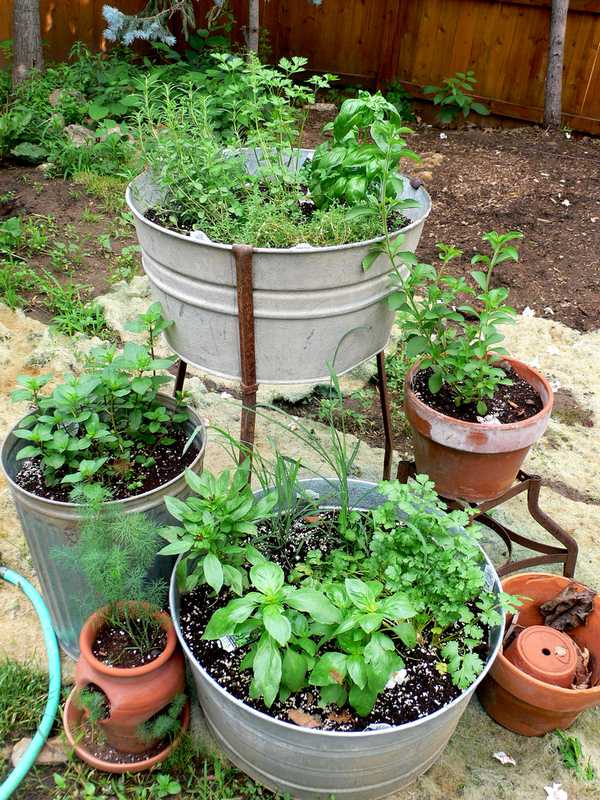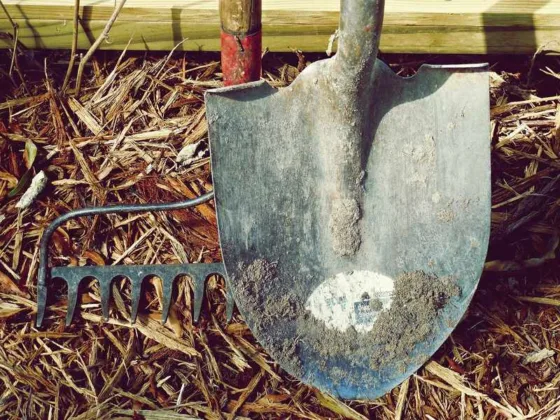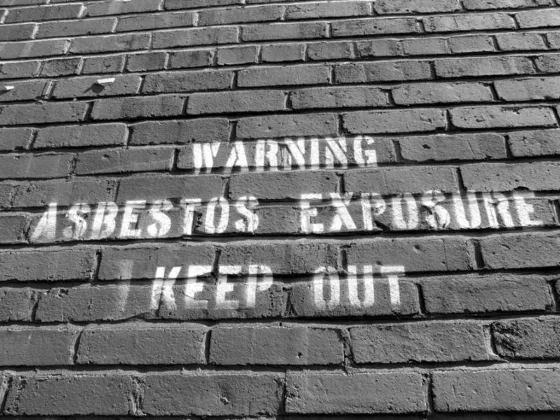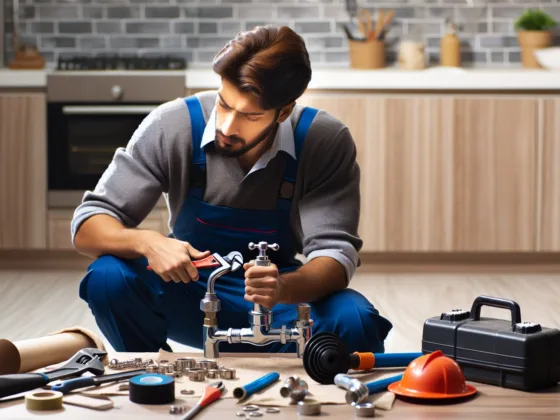Learn what you need to know about growing herbs in containers. You will also learn about some of the herbs that are available.
Herbs are the easiest types of plants to grow in containers. You can grow herbs in your kitchen, bay window, on your patio, or as a supplemental in your garden.

Takeaways
- Soil requirements that are needed for herb gardening.
- Fertilization aspects of herbal gardening.
- Types of herbs that can be grown in pots.
Herb Gardening in Containers: Basic Container Requirements
First off the container needs to be large enough for the herbs you are growing. The minimal size of a pot or container for herbs is a pot that has a diameter of eight inches and is twelve inches deep. The best sizes of containers for herbs are pots that have a diameter of twelve to eighteen inches and are fifteen inches deep.
When you choose a larger pot, your herbs will be better accommodated for the amount of water and soil that is needed. The pots that you choose will also need to have holes for proper drainage.
While the decorative clay pots can add a touch of decor to your patio garden or in your kitchen, it is best to use a plastic type container. The reason that you should use plastic containers for your herbs is that the clay pots tend to dry out rather quickly.
You can, for instance, use old buckets, milk jugs, or trash cans for a container. For those of you that wish to “dress these types of containers up,” you can find decorative wicker baskets to use for this purpose. You will, however, want to find a plastic tray that will fit in the bottom of the basket to catch the excess water from the drainage of your watering each time.
Must Read:
Basic Soil Mix
You can use a commercial soil mix that you find at your local retail store for your herbs. A commercial soil mix can be used straight from the bag. You should also consider purchasing a bag of organic compost or ground bark to add to the soil before planting your herbs.
The organic compost or bark will help your herbs thrive with the nutrients found in such matter. To mix the soil and compost matter use the following mixture: To three parts of soil mix add one part of the organic matter and mix.
Basic Fertilizing
When herbs are grown in containers they feed more heavily than planting in a regular type of garden. The nutrients that your herbs need will depend on the type of herb you are growing in your containers.
When you plant your herbs in the containers you have chosen, as a general rule-of-thumb, you can add an all-purpose dry fertilizer to the soil according to the directions on the package. There are organic and chemical fertilizers to choose from.
The organic fertilizers release the nutrients slowly through the feeding process. Chemical fertilizers release the nutrients all at once unless you wish to pay a little extra for the slow-release chemical fertilizer.
You will need to fertilize your herbs regularly. There are gardeners that would rather use a soluble fertilizer for their herbs. These types of fertilizers can be found in a box in the gardening center of your local retail store. These types of fertilizers are mixed with water and can be added during one of the watering processes for your herbs.
Basics of Watering and Sunlight
When it comes to herbs being planted in containers, it is more important to water your herbs. The reason is that once they wilt it is hard for your herbs to recover and may not get back on track. The containers can dry out in a few hours or a day depending on the temperature outside, especially during the summer, and on the size of the container as well.
This can also happen in a dry, humid, warm house. To avoid this common problem, check your herbs throughout the day to make sure that the soil is wet throughout the pot. When it comes to the soil, it should not be allowed to dry out below one or two inches below the surface.
When it comes to too much sun that your herb garden should have, they need a minimum of six hours of sunlight a day. This means that they need to be placed directly in an area where they will have direct exposure to the sun.
Basic Planting of Herb Gardening in Containers
You will need to space your herbs out in your container and fill the area around the seedlings with dirt. For example, in a pot that is eighteen inches long by eight inches wide and fifteen inches deep, you can place six seedlings in this type of pot by spacing them at least one to two inches apart. You will want to alternate the seedlings on each side of the rectangular pot for maximum spacing for the growth of the herbs and their roots.
Full Sun Herbs and Their Hardiness to Zones
A hardiness plant is one that can withstand a minimum temperature in a certain zone. You can find out which zone for a plant’s hardiness is by searching for the United States Department of Agriculture maps of plant hardiness zones.
Thyme
There are several species of thyme to choose from. For example, two species of thyme are silver and lemon for special culinary needs. While plain thyme should not be overlooked by any means because there are many recipes that you can use thyme in. Thyme prefers lots of suns and dry conditions and is hardy to zone five.
Tarragon
Tarragon is an ungainly plant and should be added to a pot with other orderly herbs such as sage. And tarragon is a hardy herb to zone four.
Sage
While sage is more cold-hardy than rosemary, sage can survive outside to zone four. Sage comes in several varieties such as golden, dwarf, tricolor, and purple.
Rosemary
While rosemary is not really hardy in zones below eight, smaller rosemary plants could grow indoors during the winter with bright sunlight. In its native habitat, rosemary is a shrub and requires a large container. Rosemary also requires a well-drained soil mix, such as a cactus mix, and hot sun.
Savory
Winter savory has a strong peppery aroma and can be a wonderful addition to a pot of beans. Winter savory is hardy to zone six. There is also a summer savory that is an annual and has a more delicate aroma to it.
Basil
As an annual, basil needs hot weather in order to grow. You can plant seeds or transplants as long as the temperature does not fall below fifty degrees Fahrenheit. Basil is a fast-growing plant that needs to be fertilized with a moderate supply of nitrogen. Cinnamon, Thai, lemon, and globe are some other common varieties of basil.
Parsley
There are two types of parsley, curly-leafed and flat-leafed varieties. Being a biennial, parsley grows one year and then flowers and sets seeds the next year. You can sow the seeds every year or use nursery transplants in the flowering and seeding year to keep your parsley population alive. When planting parsley in a container, you will need a planter at least twelve inches deep due to the fact that parsley has a long taproot. Part shade is best for parsley.
Oregano
Oregano is an easy herb too grown in pots. While oregano’s branches are long and lanky, you can cut them back at any time and use them fresh or dried.
Chives
Chives belong to the onion family that grows from bulbs and begins to grow in early spring. And chives are hardy to zone three. You can snip the leaves to use them in your cooking. And you can either leave the plants outside during the winter or bring them inside over the winter to continue to use after being placed in a Sunday window. You will want to cut the plants down one or two times during the growing season and fertilize with nitrogen to help their continual growth. The blossoms of the chives are edible and the lavender color will give a nice tint to your herb vinegar.
Now that you have been supplied with the basics of herbal gardening, you are now able to create your own small herbal garden with herbs that are indigenous to your area. While this is not an in-depth look into herb gardening, there are many books and websites that you can use to help you create your own herb garden.









